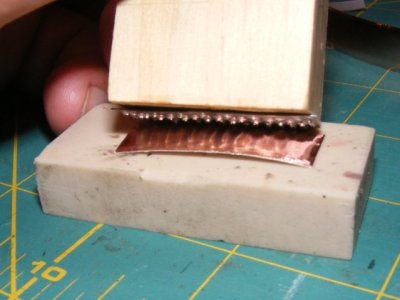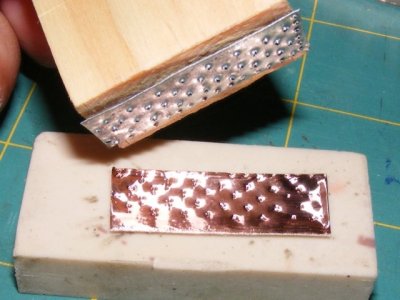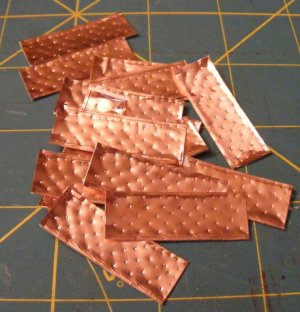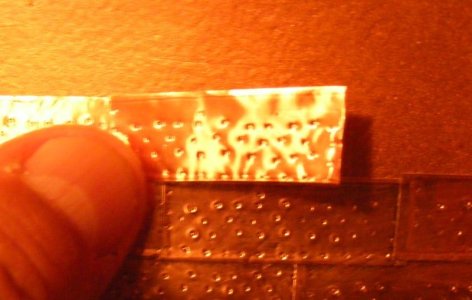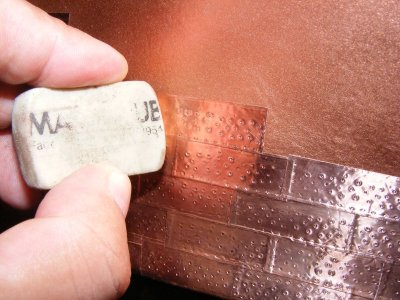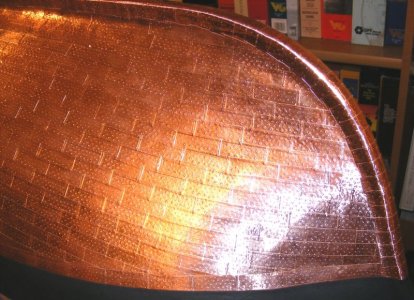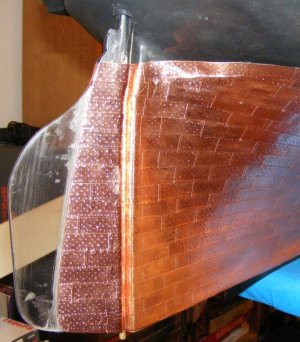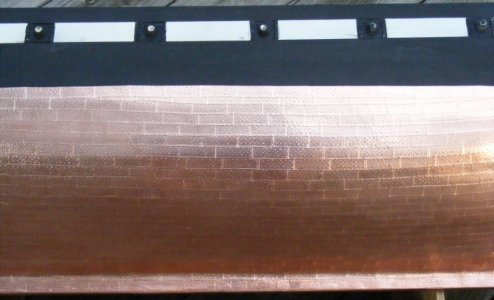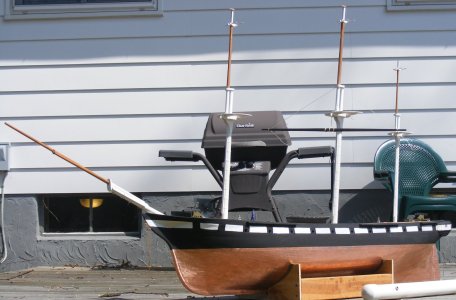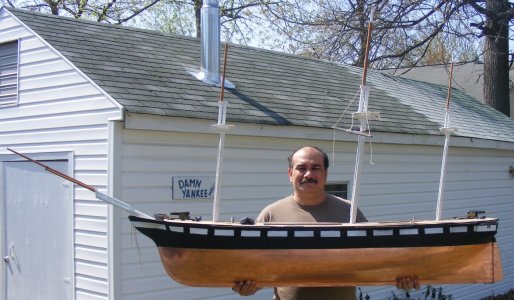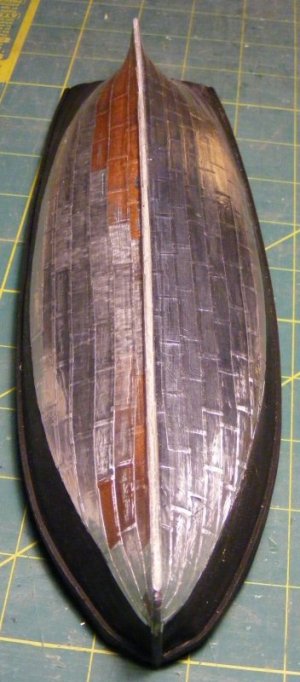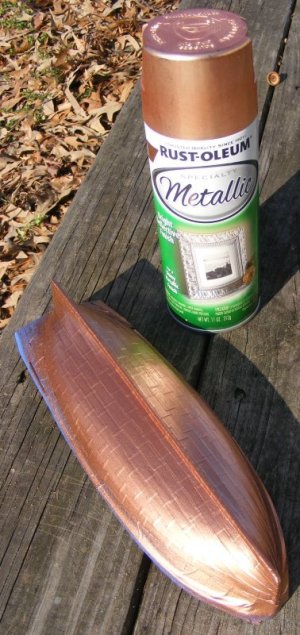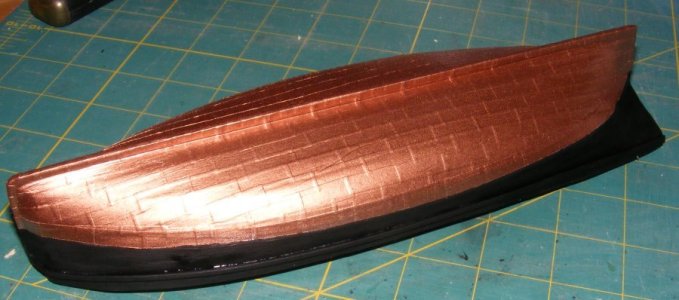- Joined
- Jun 29, 2024
- Messages
- 1,394
- Points
- 393

Nails attaching copper or muntz metal sheathing were actually tacks with large flat heads. They would be invisible at most model scale viewing distances. In your case looking at the model from a distance of 1ft would be equivalent to looking at the real ship from a distance of 48Ft.
The heavily embossed copper plates furnished with model kits are grossly out-of-scale marketing gimmicks.
Roger
The heavily embossed copper plates furnished with model kits are grossly out-of-scale marketing gimmicks.
Roger





